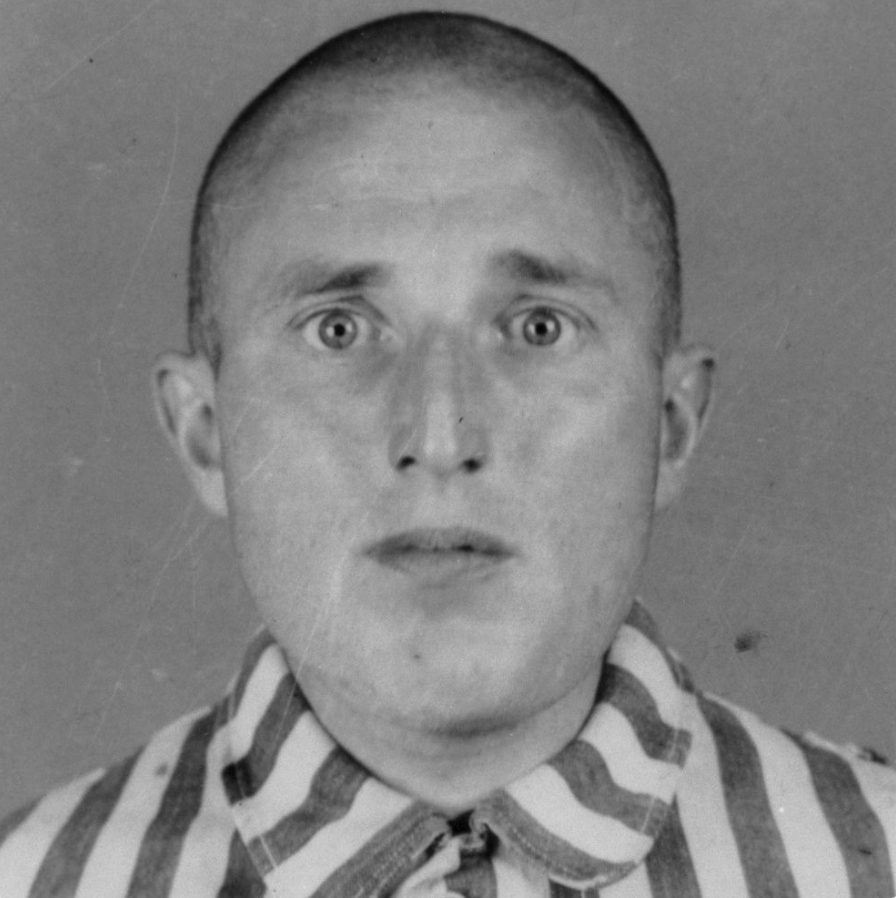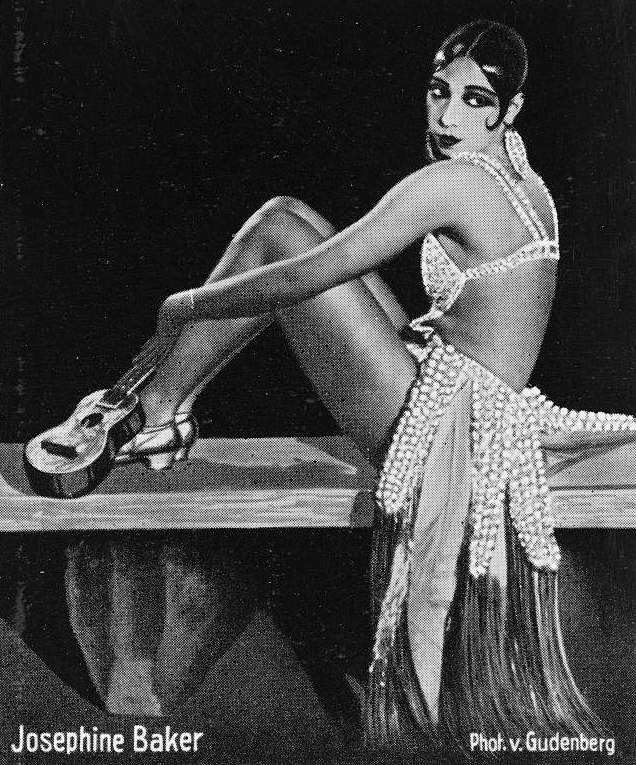
The United States Holocaust Memorial Museum, #USHMM, inspires citizens and leaders worldwide to confront hatred, #PreventGenocide, and promote human dignity.
2 subscribers
How to get URL link on X (Twitter) App


 2/10 When thousands of Polish Jewish refugees arrived in Kobe, Japan, in 1940–41, the small Jewish community there coordinated a massive refugee relief effort.
2/10 When thousands of Polish Jewish refugees arrived in Kobe, Japan, in 1940–41, the small Jewish community there coordinated a massive refugee relief effort. 

 2/5 Josef spent six years in prisons and concentration camps. He was one of 5,000–15,000 men sent to concentration camps for allegedly having sexual relations with other men. encyclopedia.ushmm.org/content/en/art…
2/5 Josef spent six years in prisons and concentration camps. He was one of 5,000–15,000 men sent to concentration camps for allegedly having sexual relations with other men. encyclopedia.ushmm.org/content/en/art…

 2/9 Sophie Rakowski kept these photos of her sons, Sam and Israel, in her shoe while imprisoned in forced labor and concentration camps. Sophie and Sam survived. Israel did not.
2/9 Sophie Rakowski kept these photos of her sons, Sam and Israel, in her shoe while imprisoned in forced labor and concentration camps. Sophie and Sam survived. Israel did not. 


 West Germany used the Nazi version of Paragraph 175, the law criminalizing homosexuality, for decades after the war. Under that law, Karl was arrested again in the 1950s. 2/5 #PrideMonth #Pride2020
West Germany used the Nazi version of Paragraph 175, the law criminalizing homosexuality, for decades after the war. Under that law, Karl was arrested again in the 1950s. 2/5 #PrideMonth #Pride2020

 A French intelligence officer, Jacques Abtey, visited Josephine and asked her to become part of his network. “The Parisians gave me their hearts,” she responded, “and I am ready to give them my life.” (2/7)
A French intelligence officer, Jacques Abtey, visited Josephine and asked her to become part of his network. “The Parisians gave me their hearts,” she responded, “and I am ready to give them my life.” (2/7)

 His six-month imprisonment in the Schirmeck-Vorbrüch camp was one of hunger, hard labor, and brutal beatings. On one occasion, he was forced to watch as the SS used their dogs to kill Jo, his teenage sweetheart. 2/5
His six-month imprisonment in the Schirmeck-Vorbrüch camp was one of hunger, hard labor, and brutal beatings. On one occasion, he was forced to watch as the SS used their dogs to kill Jo, his teenage sweetheart. 2/5

 West Germany used the Nazi version of Paragraph 175, the law criminalizing homosexuality, for decades after the war. Under that law, Karl was arrested again in the 1950s. 2/5
West Germany used the Nazi version of Paragraph 175, the law criminalizing homosexuality, for decades after the war. Under that law, Karl was arrested again in the 1950s. 2/5